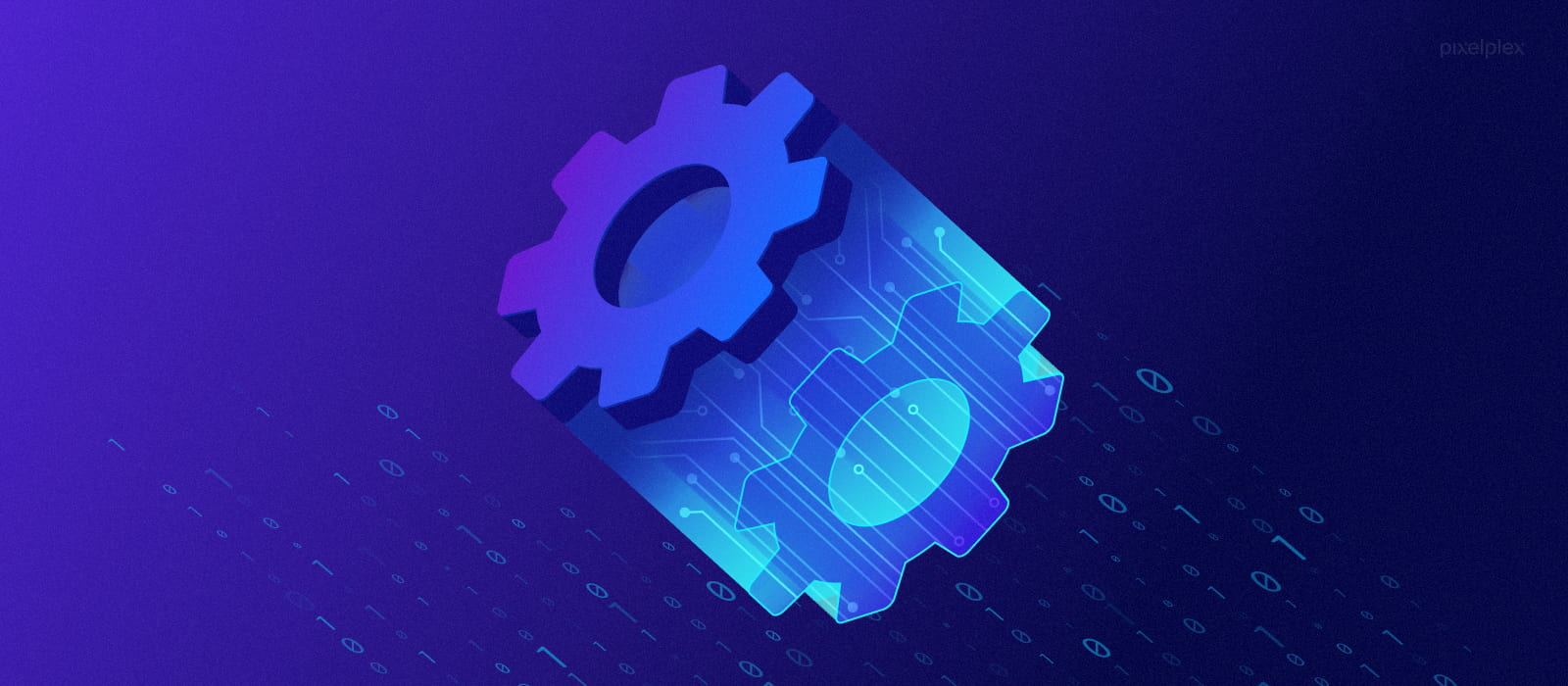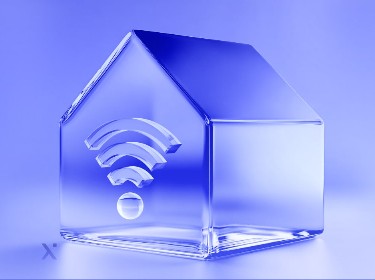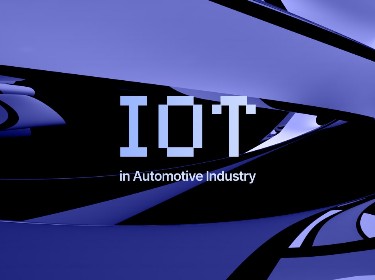In the Industry 4.0 era, digital twin technology transforms the way businesses visualize and analyze their industrial assets and provides them with greater context to tackle their specific challenges. But how?
Digital twins have been embraced by a wide range of asset-intensive sectors, helping them yield the insights needed to enhance product quality and performance.
It is expected that the technology will gain even greater prominence across domains, as its global market size is projected to reach $125.7 billion by 2030, growing at a CAGR of 39.48% from 2022 to 2030.
In collaboration with our IT consulting team, we created a comprehensive guide on digital twins, their benefits, and operational principles. You will also find out which industries have started to use digital twin technology in their workflows.
What is digital twin technology?
A digital twin is a virtual representation of a physical object (e.g. a wind turbine or car engine) or environment (e.g. a factory), spanning any stage of its lifecycle, from initial testing to real-world operation and through to decommissioning.
A virtual replica simulates the behavior of its physical counterpart, gathers information on its performance to predict how it will act in the future, and even generates possible improvements in its work.
The idea of a digital twin has been circulating since the 1990s. However, it was back in 2002 that the technology rose to greater prominence when Dr. Michael Grieves proposed applying it to manufacturing, and highlighted how the sector stood to benefit from this sophisticated tech.
How does a digital twin work?
Digital twin technology replicates a physical asset in a virtual environment and utilizes real-time data about various aspects such as temperature, weather conditions, and so on, received from smart sensors attached to those physical objects. The data is forwarded to a processing system and is applied to the digital version of an object.
When modeling and simulating an object, as well as its features and functionality, digital twins use different technologies to produce a fully-fledged virtual prototype of the asset. These include the Internet of Things, extended reality (XR), data analytics and artificial intelligence, and cloud computing.
Each tool is responsible for accomplishing certain functions, namely:
- IoT sensors enable the data transmission needed to duplicate a physical object
- Extended reality makes it possible to virtually recreate a physical asset
- Cloud computing stores the received data in a cloud and enables it to be accessed anywhere anytime
- Data analytics and AI analyze the data received and generate the insights needed to make predictions and assess the object’s performance.
Digital twin technology vs virtual reality
Sometimes the concepts of digital twins and virtual reality are used interchangeably, but this is wrong.
The main difference between the two is that virtual reality offers an immersive simulated environment that can be accessed via a VR headset or other hardware and where users can interact with each other. Digital twin technology, on the other hand, creates a digital replica of an object or environment in order to analyze its features and performance. The insights gained can later be used by domain experts to improve the asset’s work and capabilities.
Another distinction is the sphere of application. VR is primarily used in entertainment and gaming domains, whereas digital twins are extensively used in manufacturing, construction, and automotive industries.
It’s worth noting, however, that the AR/VR and digital twin technologies can sometimes be complementary. For example, AR can help create a digital twin on top of a physical surface, thus enabling a specialist to view the object in greater detail. VR, for its part, can empower technologists to enter the environment of a digital twin and simulate different scenarios there.
Rejuvenate your business with our augmented and virtual reality development services
What are the benefits of digital twin technology?
![]()
Digital twin technology offers a myriad of benefits, the most outstanding being streamlined productivity, cost savings, greater safety, enhanced R&D, and more effective cooperation between teams.
Let’s explore each of these advantages in greater detail.
Streamlined productivity
The simulation capabilities of digital twins make it possible to collect and analyze insights on assets’ performance and operational issues. This allows technicians to discover what enhancements need to be made to quickly boost the productivity of physical counterparts, and reach their peak efficiency.
Cost savings
Digital twins allow companies to test and fine-tune a product before its release without creating an expensive and time-consuming physical prototype, which consequently leads to significant cost reductions, significant savings in man-hours, and less downtime.
Greater safety
One of the most important advantages of digital twin technology is that it helps boost safety by enabling technical specialists to analyze a product and check its security compliance. If malfunctions are detected in a virtual replica, the technology will generate the insights needed to fix the defects.
Enhanced R&D
Digital twins empower R&D consulting firms to acquire a more comprehensive vision of a solution-to-be. The technology helps extract possible outcomes and predict performance, enabling improvements to be made before the product’s launch.
Effective cooperation
With a digital twin, it is possible to remotely monitor and control the state of physical objects and sites, without requiring stakeholders to travel long distances to check them. All the information they need is available on a common cloud-based platform. This results in enhanced collaboration between different departments and teams and saves them time that they would otherwise waste traveling to meet up and work on an object.
Beyond digital twins: discover how your business stands to benefit from virtual reality employee training
Which industries use digital twin technology?
Industries such as manufacturing, energy & utilities, automotive, construction, and healthcare have embraced digital twin technology and are making extensive use of it.
Let’s see exactly how they leverage this tech, and how they stand to benefit from its adoption.
![]()
Manufacturing
In manufacturing, digital twins can be used at different stages of the manufacturing cycle, from design mock-ups to product testing and post-production maintenance.
The technology can also help manufacturers define requirements, specifications, and guidelines for suppliers (e.g. the size and shape of a certain part) and even produce customer-required modifications. Plus, it boasts predictive maintenance capabilities, enabling manufacturers to anticipate potential issues before they disrupt the entire production.
So far, digital twins have enjoyed widespread popularity among world-renowned manufacturers, including Unilever. Its renewable energy soap powder production plant located in Brazil implements digital twins alongside artificial intelligence and machine learning to develop new processes for laundry powder formulas.
Check out how the manufacturing sector can leverage augmented reality
Energy & utilities
Digital twins are leveraged in the energy and utilities domain to enable more sophisticated project planning and bolster the operational capabilities of various assets such as power-generation turbines, wind farms, solar projects, and other offshore installations. It can also assess energy output, temperature, humidity levels, and so on.
Above and beyond this, Siemens has introduced an electrical digital twin aiming to provide utilities with a single source of truth in order to model data across their entire IT landscape. The solution facilitates grid simulation across all domains and enables reliable and secure electrical system planning, operation, and maintenance.
Automotive
The automotive sector makes use of digital twin technology to design and test software, mechanical, and electrical components of both electric and conventional cars, and to easily verify their inter-system processes. By using IoT sensors, a digital twin also provides visibility into a vehicle’s engine performance, gear management, and air conditioning efficiency, while determining its maintenance needs and analyzing fault recurrences.
Automotive giants the world over have been eager to adopt digital twin technology in their processes. The list includes popular names such as Renault, Audi, and Mercedes.
Construction
Construction businesses can use digital twins to better plan and design residential, commercial, and infrastructure projects as well as monitor the state of existing construction sites.
Net-zero technology firm IES, for example, decided to go the extra mile. It cooperated with Dublin City Council on a digital twin project that was aimed at identifying how social housing renovation could be efficiently decarbonized.
Healthcare
An expert custom healthcare software development company can implement digital twin technology in several ways, including for medical devices and human organ simulation. By modeling a virtual replica of a patient’s organ, scientists can better study diseases, find out how a certain treatment will work, and predict how a patient might respond to it.
But the range of digital twin use cases in healthcare is not limited to these aspects only. Officials at UCSF used data-rich, dynamic virtual replicas of buildings to monitor temperature, airflow, and even the maintenance and location of hospital beds.
Closing thoughts
Digital twin technology is expected to continue making headway across a multitude of industries. It offers businesses the chance to savor a gamut of benefits, helping them achieve greater operational efficiency, eradicate unnecessary costs, and foster more fruitful collaboration between departments.
Should you wish to incorporate digital twins into your existing workflows, reach out to our skilled custom software development services specialists for help. By combining our cross-domain expertise with sophisticated tools and techs such as AI, blockchain, AR/VR, IoT, data analytics, and big data consulting services, we will deliver a powerful business solution that will allow you to thrive.




